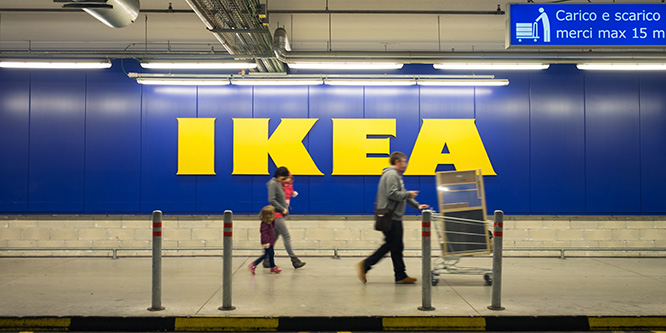
Photo: iStock | boschettophotography
IKEA plans to spend over $2.2 billion over the next three years to support its omnichannel growth strategy in the U.S.
The investment will be the largest that IKEA has made in its U.S. business in almost four decades since entering the market. The company plans to use the funds to open new stores and pickup locations closer to its customers.
“The U.S. is one of our most important markets, and we see endless opportunities to grow there and get closer to the many Americans with affordable products and services,” Tolga Öncü, head of IKEA Retail, Ingka Group, said in a statement. “More than ever before, we want to increase the density of our presence in the U.S., ramp up our fulfillment capacities and make our offer even more relevant to local customers’ needs and dreams.”
So what will $2.2 billion get IKEA?
The furniture giant plans to open eight new stores and nine “Plan and Order” locations. It also intends to open 900 new conveniently located “Pick-up” stations to retrieve items ordered online.
IKEA has opened 15 Pick-up and two Plan and Order locations in the past year, making clear how ambitious its growth plan is for the U.S.
The first 8,000-square-foot Plan and Order store opened last year in Long Beach, CA. Customers book appointments to meet with design specialists and order products shipped to their homes or picked up at an IKEA store or Pick-up location.
“We know U.S. customers have a strong desire for more ways to shop and experience IKEA, and this growth plan will allow us to meet that need,” said Javier Quiñones, CEO & chief sustainability officer, IKEA U.S. “We are committed to continuing to grow in this market with our thousands of co-workers and millions of customers who look to IKEA for home furnishing inspiration and solutions at an affordable price. Our priority is to become more accessible, while staying as affordable as possible for the many people, which is especially important given the increasing costs of living.”


Leave a Reply
You must be logged in to post a comment.